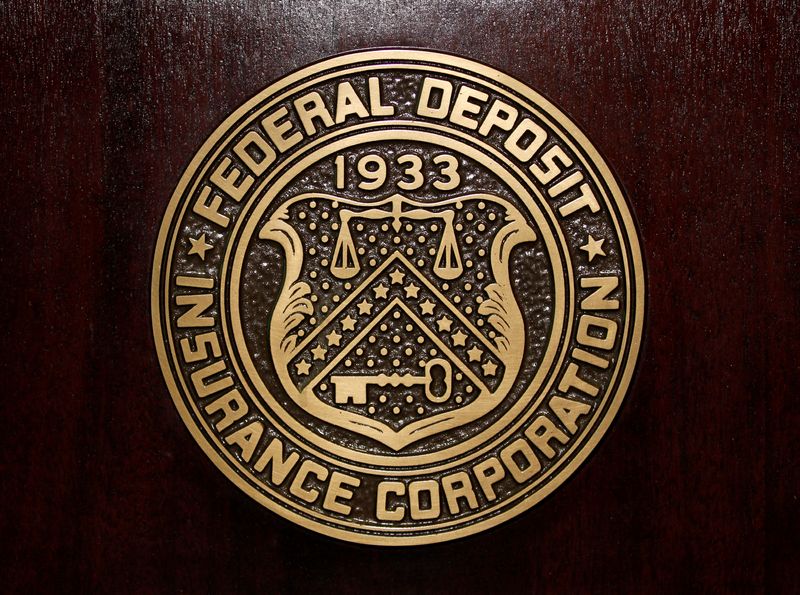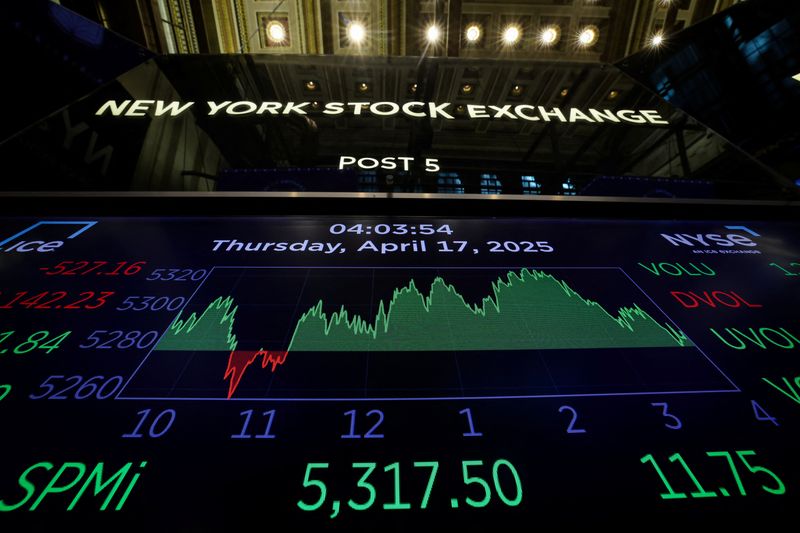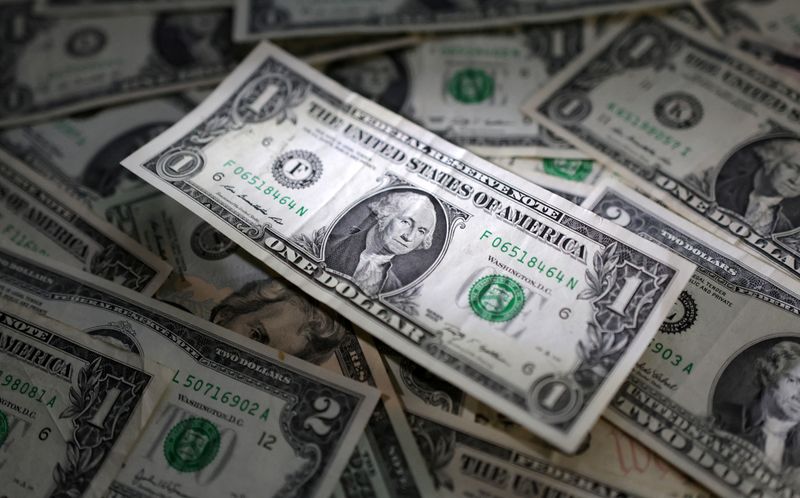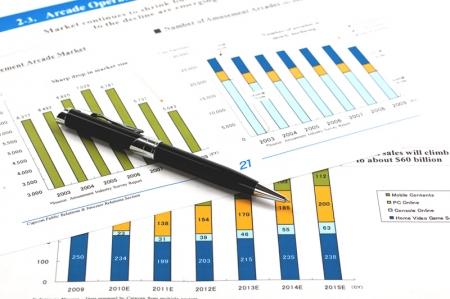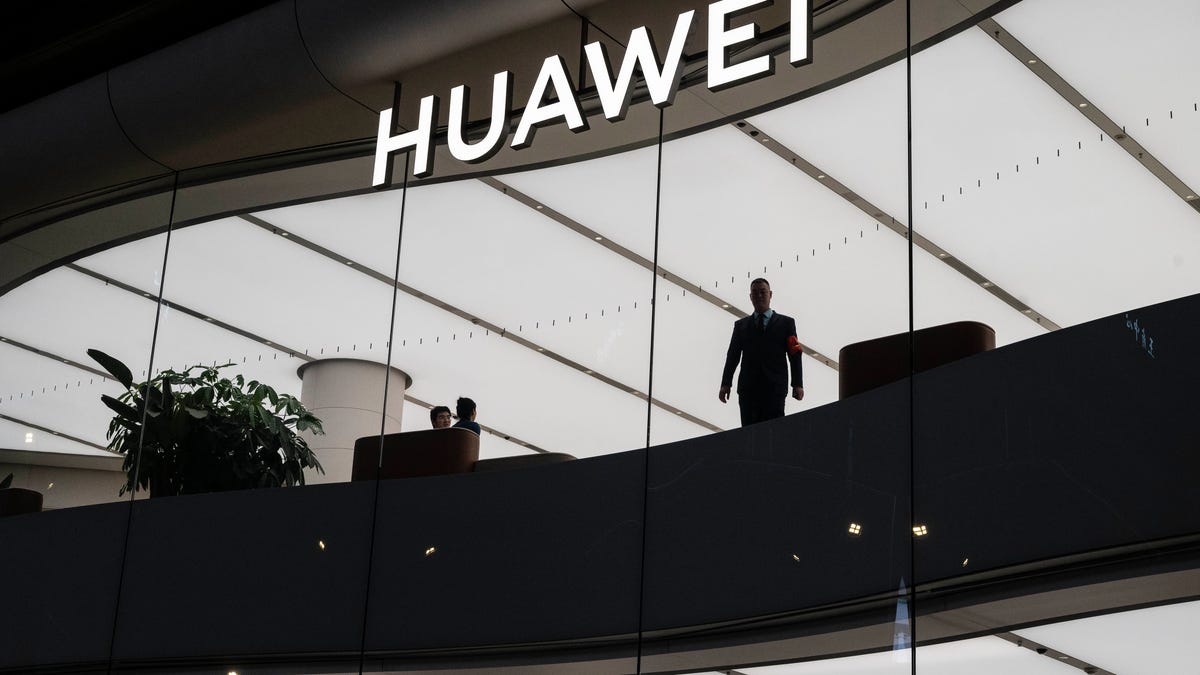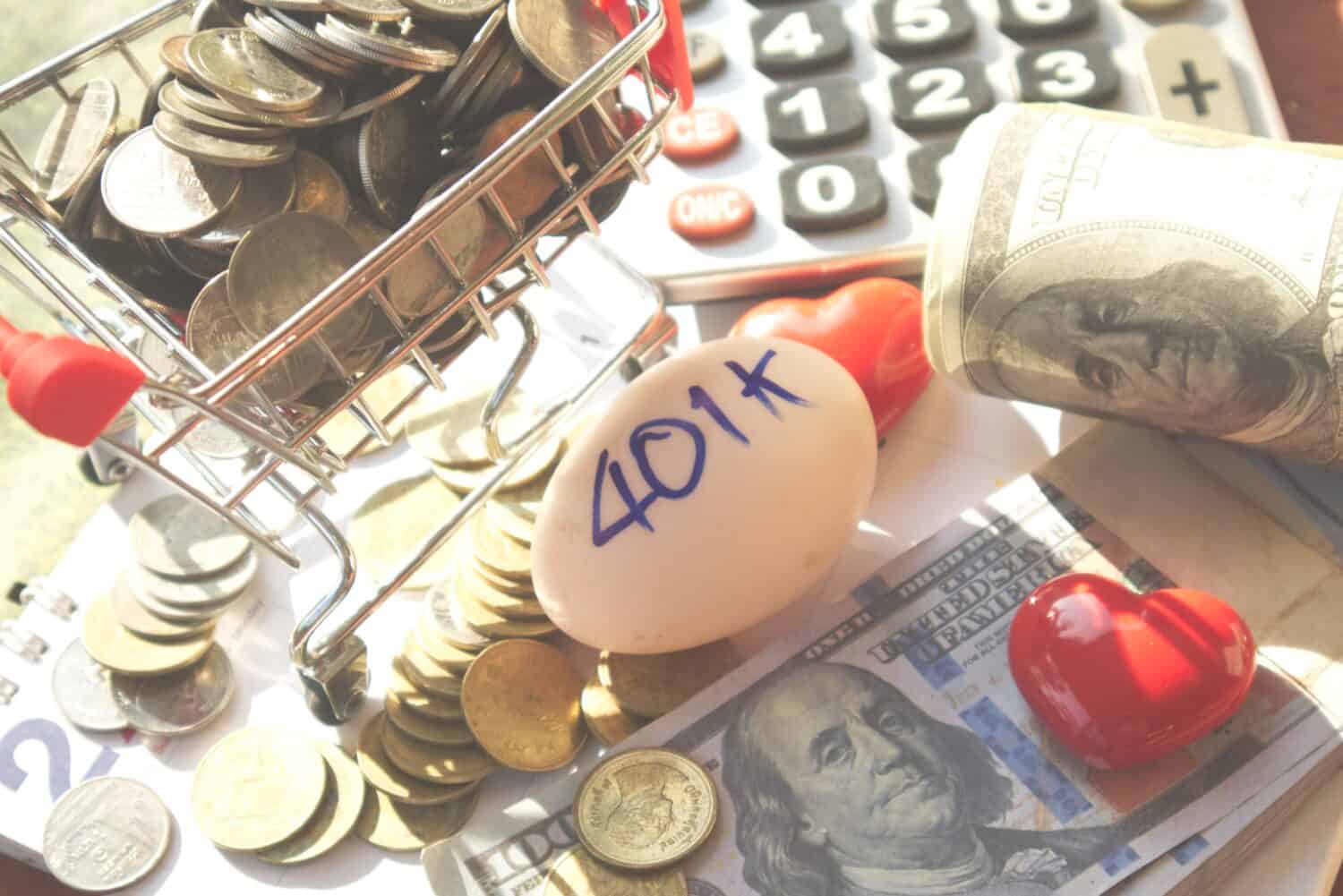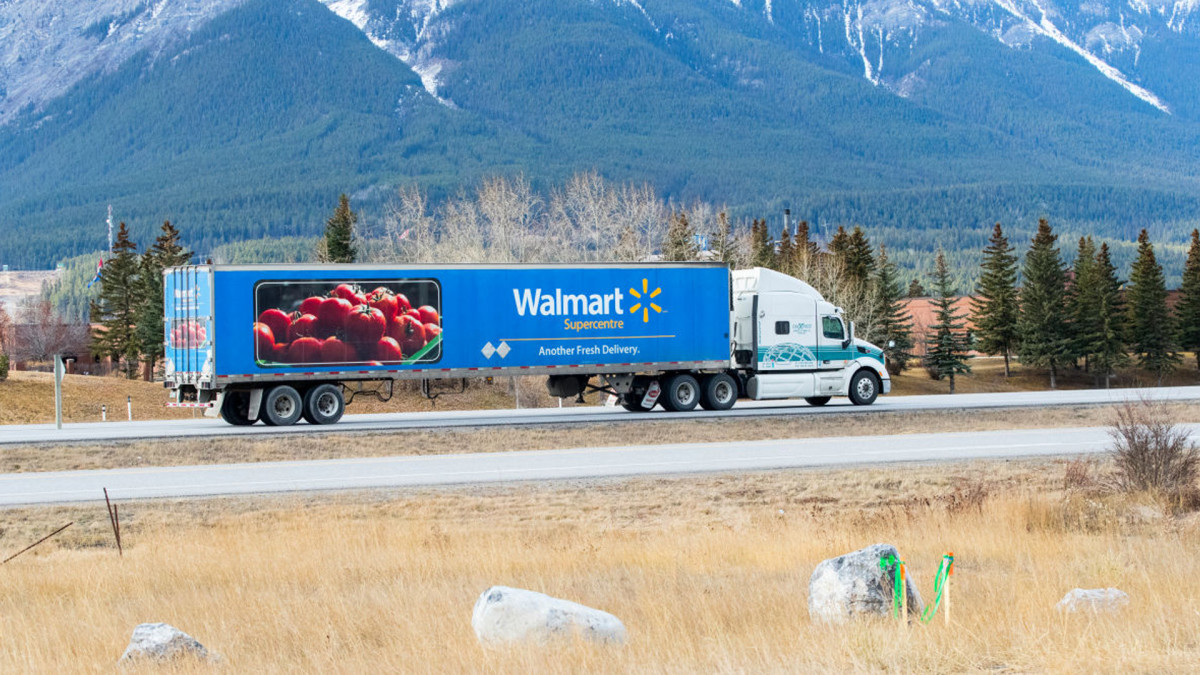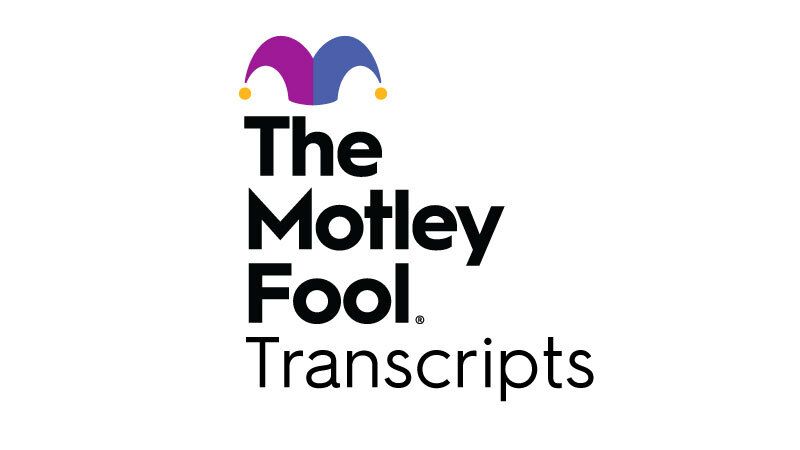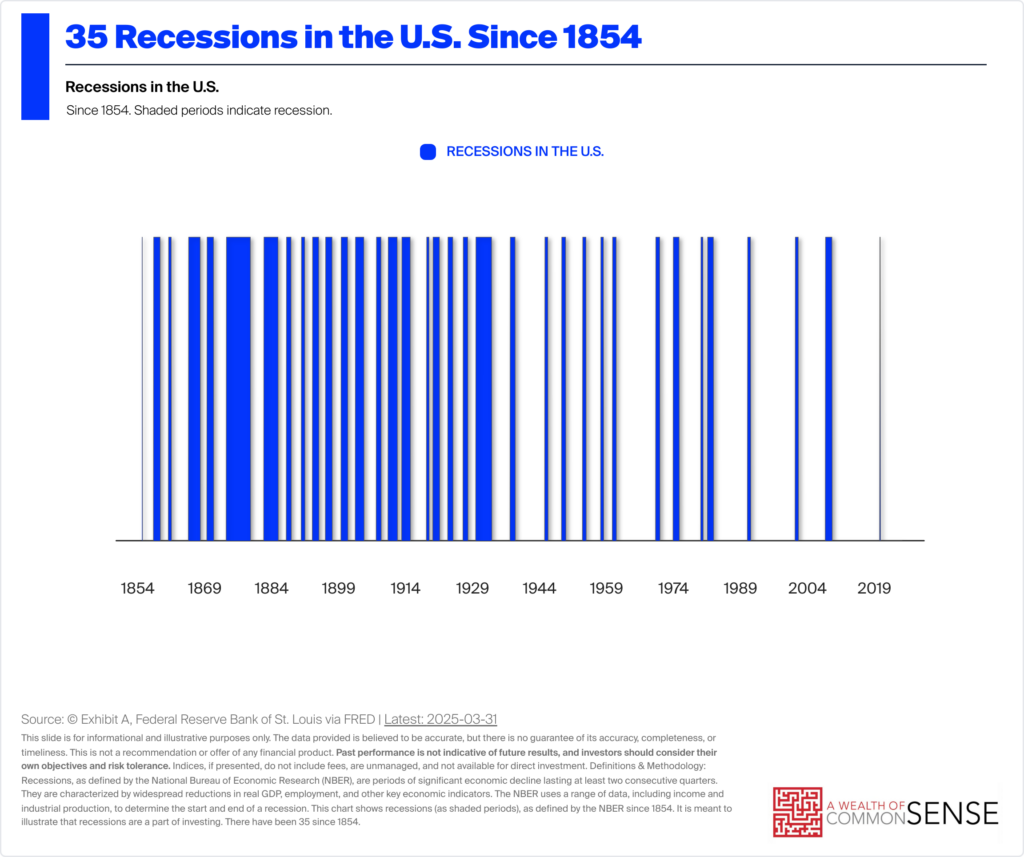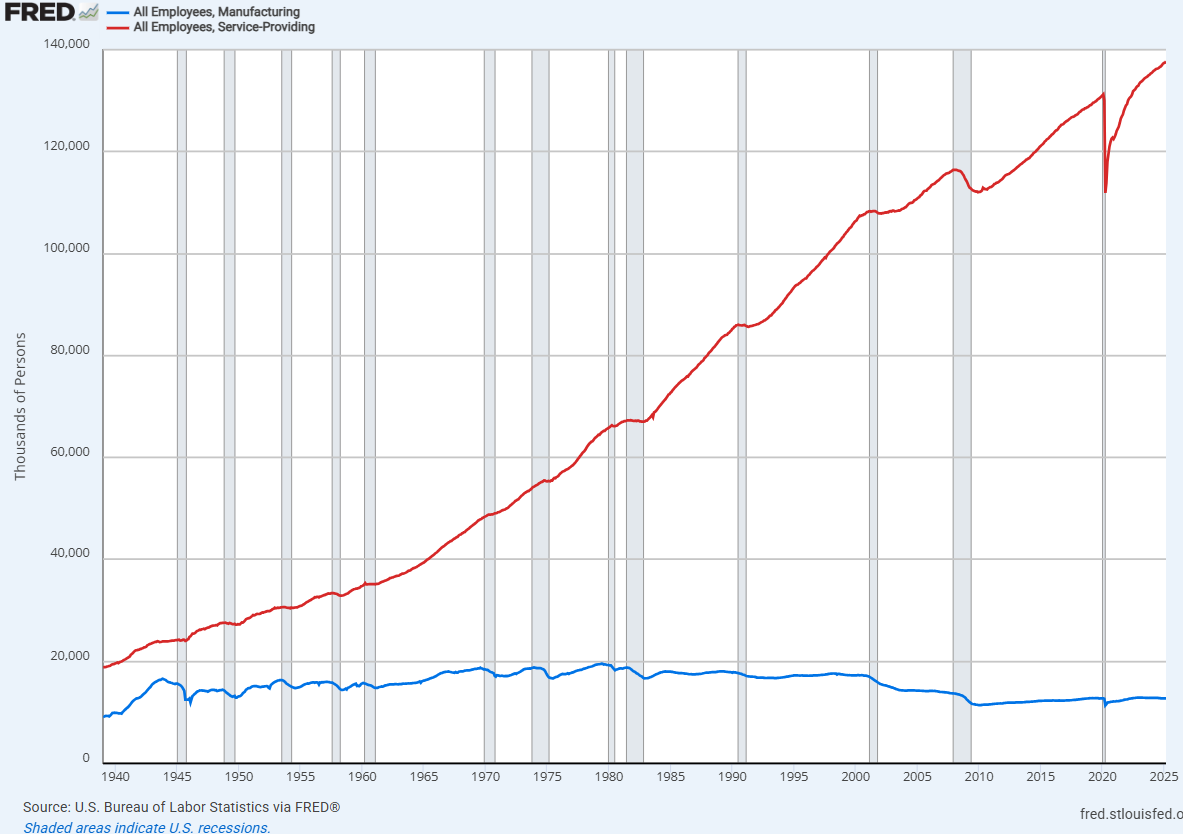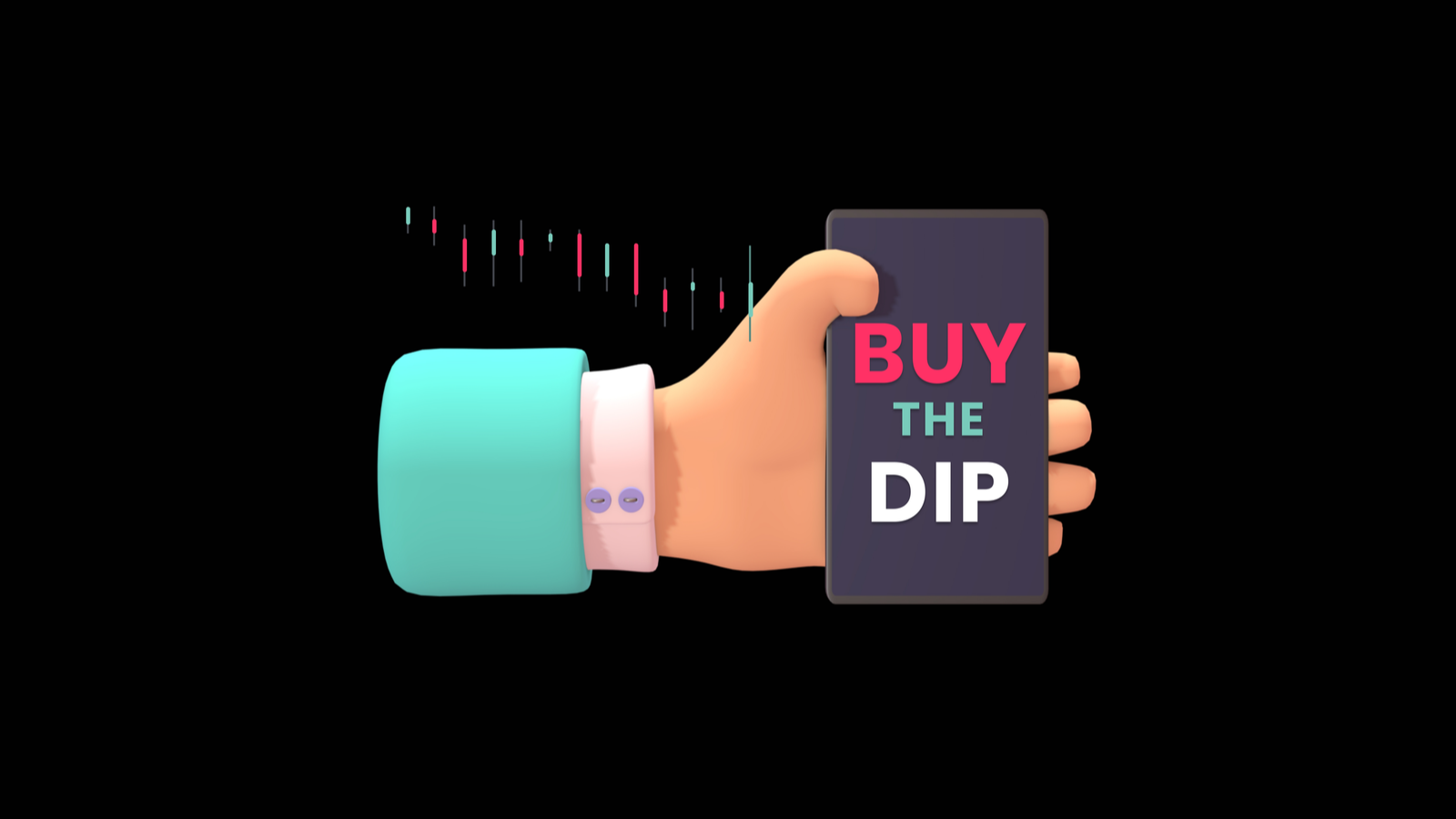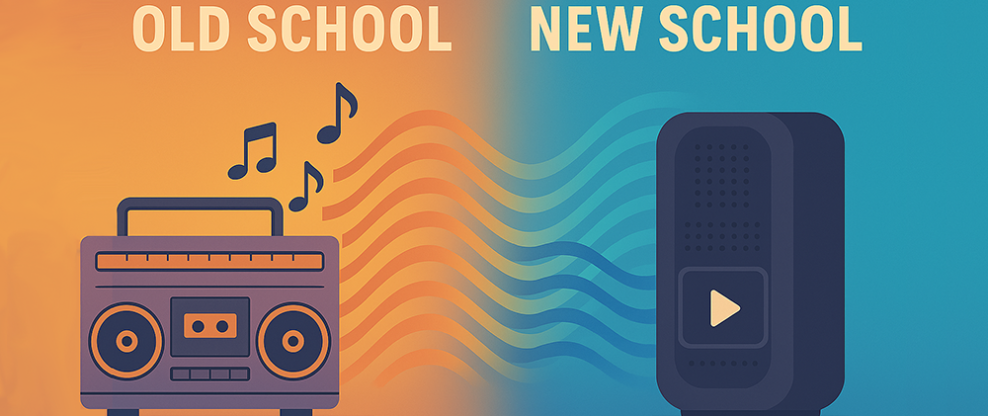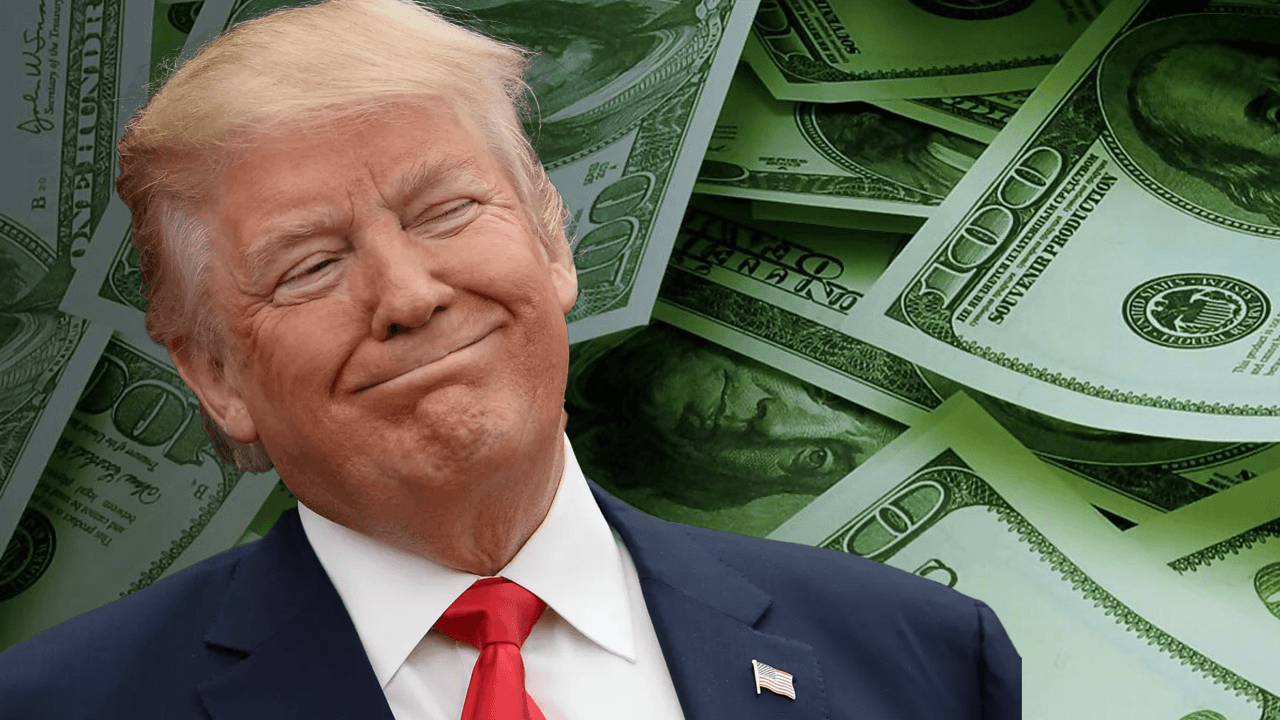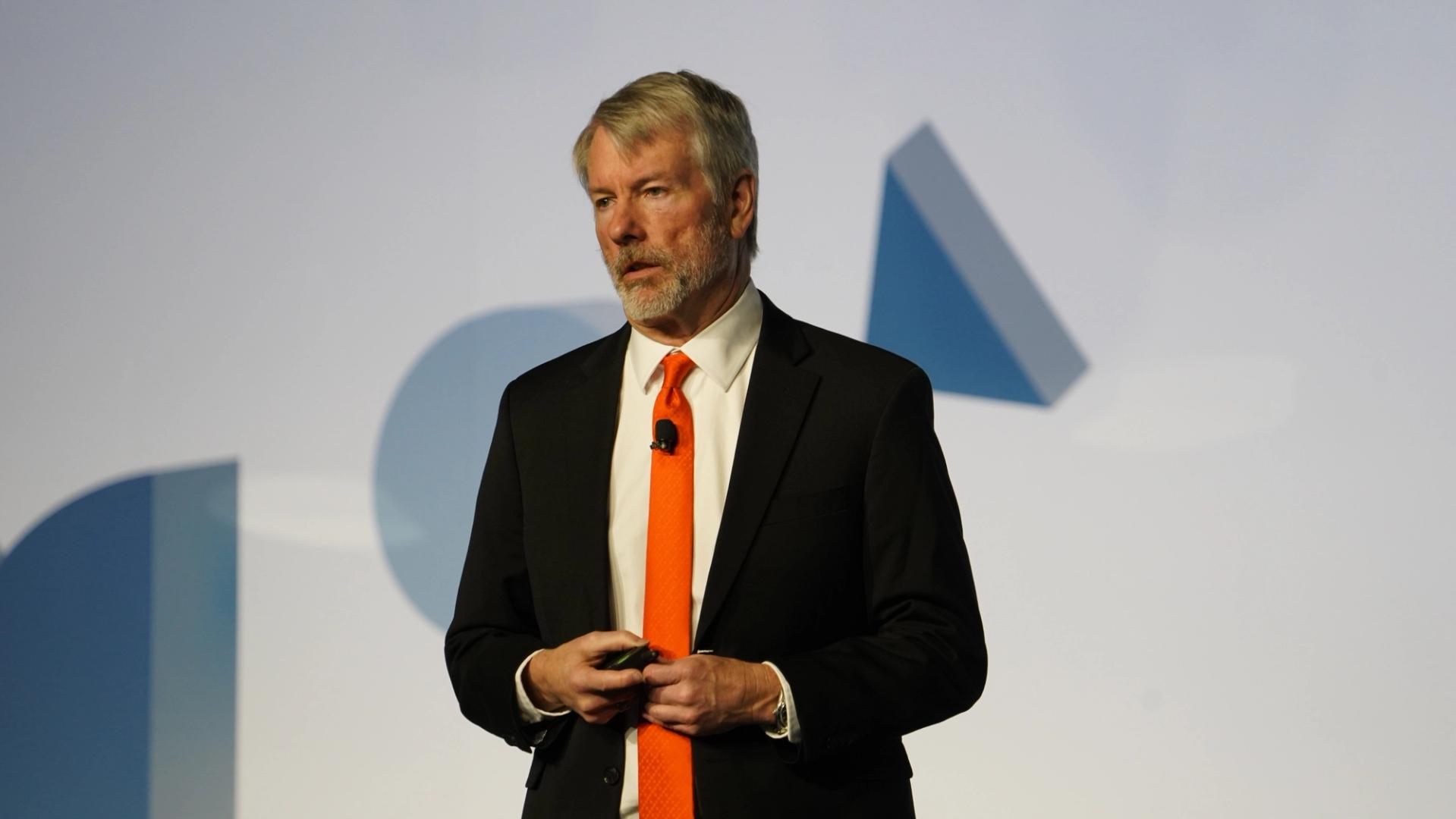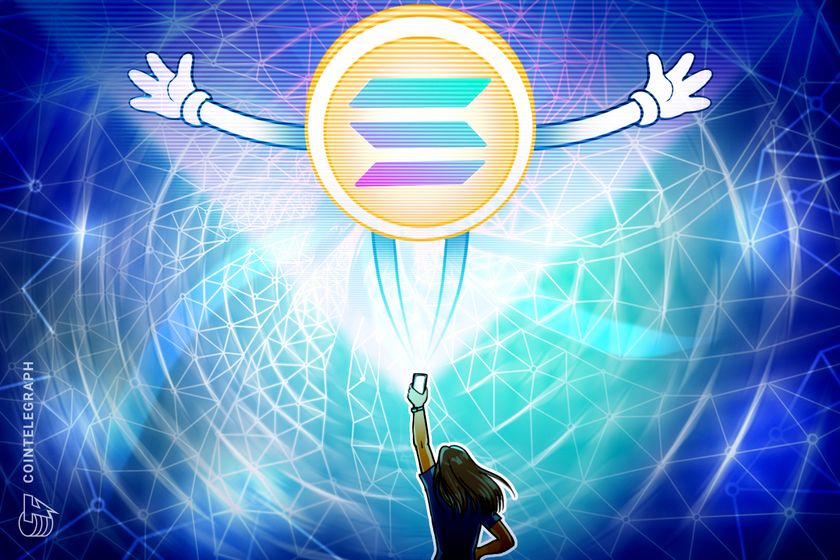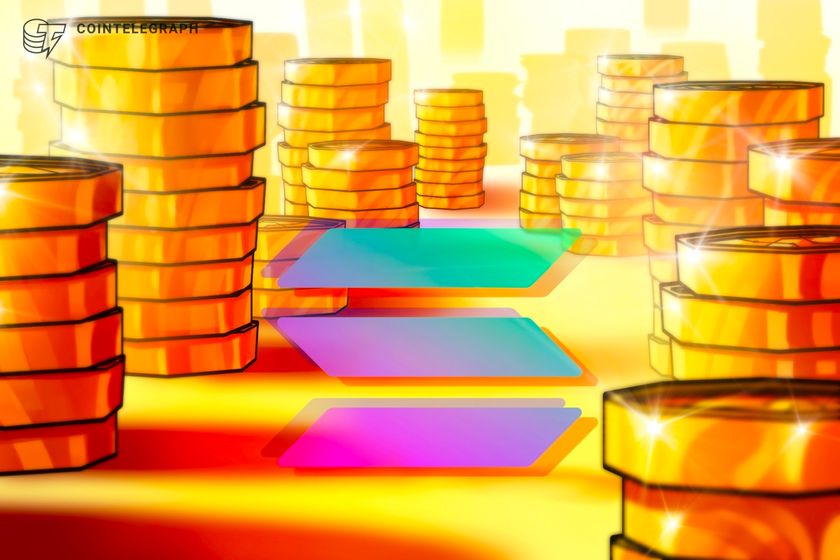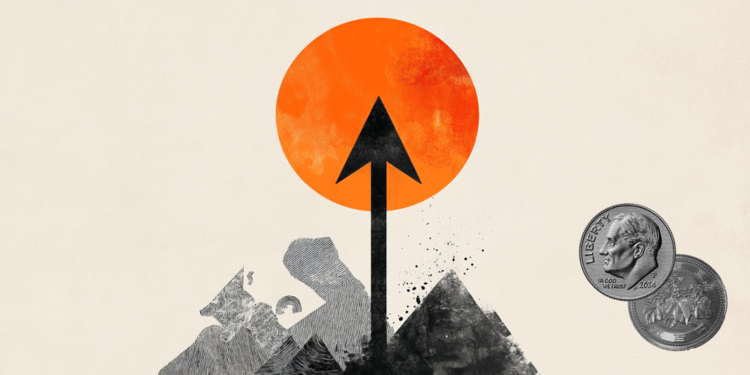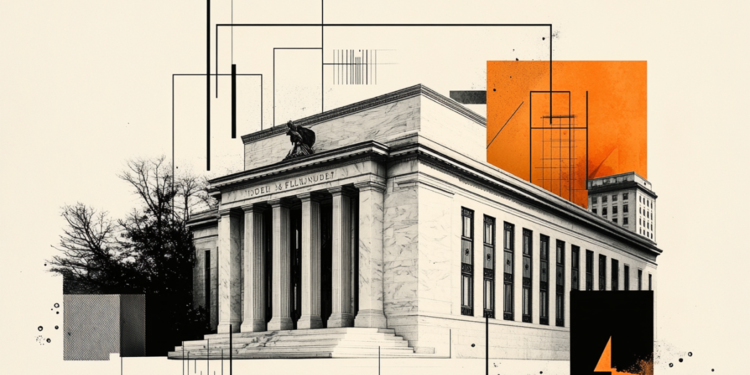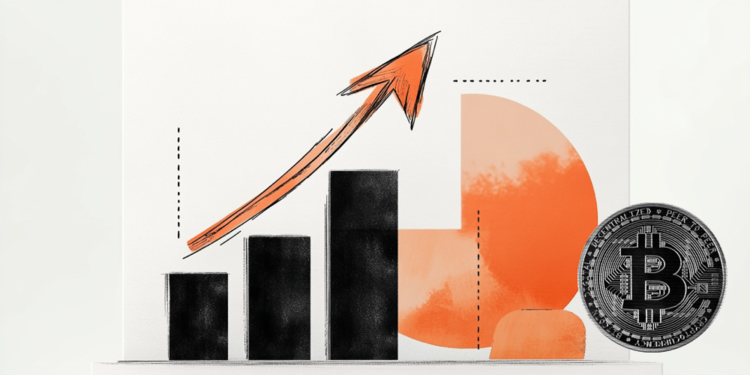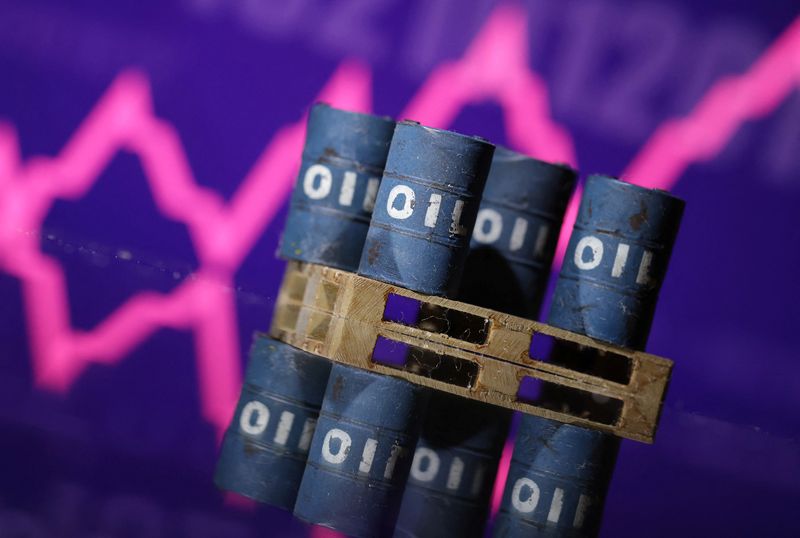What Cash Back Cards Make The Most Sense For Everyday Purchases, Like Gas or Groceries?
What is “the best card that can give me the max amount of cash back for everyday purchases like gas etc?” This is the question posed in our next drawing from the Reddit mailbag. Our caller today, let’s call her “Gwen,” is a young adult fresh out of college and off to a good start […] The post What Cash Back Cards Make The Most Sense For Everyday Purchases, Like Gas or Groceries? appeared first on 24/7 Wall St..

What is “the best card that can give me the max amount of cash back for everyday purchases like gas etc?” This is the question posed in our next drawing from the Reddit mailbag. Our caller today, let’s call her “Gwen,” is a young adult fresh out of college and off to a good start with a credit score of 746 (which FICO considers “very good”), but looking for a better credit card to maximize her cash back.
Gwen is rocking a Chase Freedom Student card at present, a holdover from her college days that Chase Bank actually no longer offers. The Chase Freedom Student has been phased out and replaced by a similar card that’s now called “Chase Freedom Rise.”
It’s not a bad card as cashback cards go. It doesn’t charge any annual fee for example. But it only pays 1.5% cash back on purchases, which these days is really the absolute minimum you should demand in a cash back card.
Long story short, Gwen can do better. Let’s help her out with that.
Key Points
-
No one credit card is best for cash back.
-
A good cash back strategy includes a single all-around card paying 2%, supplemented by multiple cards paying more cash back for specific kinds of purchases.
-
The Blue Cash Preferred Card from American Express pays 6% cash back for gas grocery and streaming purchases, but it does charge an annual fee.
-
The right cash back credit card can earn you hundreds, or thousands of dollars a year for free. Our top pick pays up to 5% cash back, a $200 bonus on top, and $0 annual fee. Click here to apply now (Sponsor)
Ordinarily, my advice when picking cash back cards is to go for a mixed approach, holding one card that pays a decent cash back rate on all purchases in all categories, with no limit on the cash back you can earn, and no annual fee. Any of several major branded credit cards fit this bill, including The Wells Fargo (NYSE: WFC) Active Cash card, Citi (NYSE: C) Double Cash, and SoFi‘s (Nasdaq: SOFI) Unlimited 2% credit card.
This all-around “good enough” card should then be paired with a handful of other cards that pay less than 2% for what Gwen might call “etc” purchases, but more than 2% for specific categories of purchases where she spends heavily. Whenever making one of these specific purchases, Gwen would switch out her good-enough card, and use one of these credit cards tailored to the specific purchase she’s making, be it gas, or groceries, or restaurants for example.
Good options for this part of the package might include Bank of America‘s (NYSE: BAC) Customized Cash card, which lets a cardholder pick one category of purchase to receive 3% cash back on; or Citi’s Custom Cash card, which let’s you pick a category to receive 5% cash back (albeit, only up to $500 in purchases per month).
Is the Blue Cash Preferred Card a good cash back card?
Gwen seems to be thinking along these same lines as well, asking specifically if she should ditch her Chase Freedom Student card in favor of the Blue Cash Preferred Card from American Express (NYSE: AXP).
So should she?
My first instinct is to say “no” without thinking, because unlike all of the cards I’ve named above, the AmEx card charges a $95 annual fee (after the first year). But on further reflection, the Blue Cash Preferred Card idea may have some merit, especially when used in conjunction with a second, good-enough card. Why?
Well, consider this: The Blue card pays a superb 6% cashback on grocery purchases, 6% more on “select” streaming subscriptions, and 3% on gas stations. It pays only 1% cashback on everything else, but Gwen already has a card that she can use for everything else, her Chase card, and it pays 1.5%.
The question really comes down to this: Will Gwen spend enough on groceries and streaming, to cover the $95 annual fee, and still give her more cash back than she’d get if she used a different card (or cards) paying only 3% on groceries and streaming? It’s not too hard to answer that question, though.
First, we need to know how much Gwen pays for groceries and streaming in an average month. Is it $500? If so, then at 6% cashback she’s getting $30 back a month on those purchases, or $360 a year, instead of the $15 a month, or $180 a year, she’d be getting with a 3% cash back card (or cards). The difference between $360 and $180 ($180), is more than the $95 annual fee, so Gwen is actually getting a good deal in this case.
Conversely, if Gwen spends only $200 a month on groceries and streaming, her cashback at 6% is $144 a year. Minus the $95 annual fee, she’s netting only $49 cash back, which is less than the $72 she’d get on a 3% cashback card with no annual fee.
In that case, she’s better off finding a different card, and leaving the AmEx card to bigger spenders.
The post What Cash Back Cards Make The Most Sense For Everyday Purchases, Like Gas or Groceries? appeared first on 24/7 Wall St..




